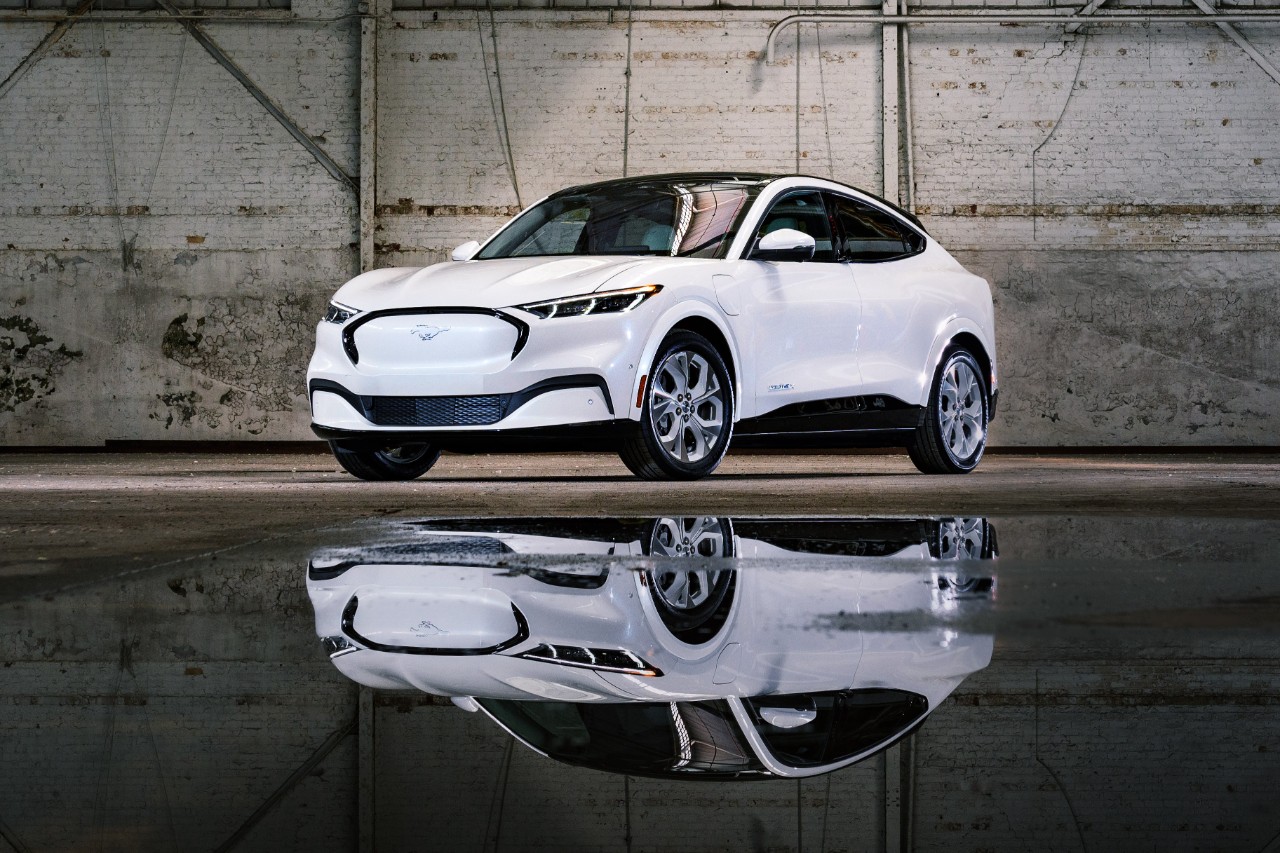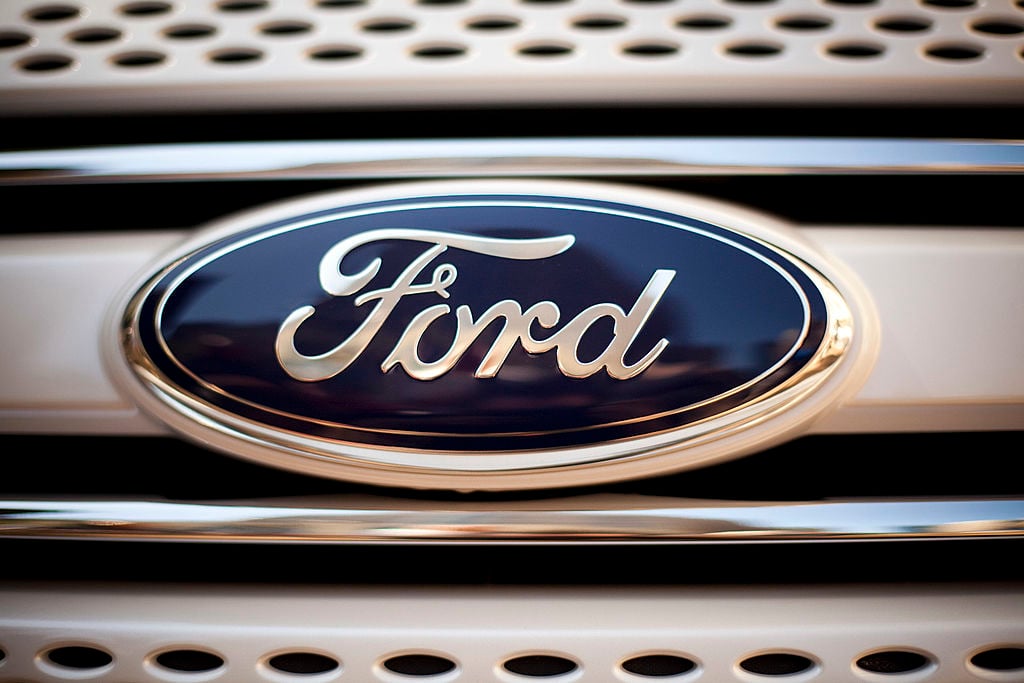
Despite its massive presences in Europe and Asia, U.S. pickup sales are still a big key to Ford's profits. The good news: Early signs suggest that the all-new F-150 is a winner. Source: Ford Motor Company.
It wasn't that long ago that Ford Motor Company's (F 0.36%) very survival was in doubt. Those of us who remember the dark days of 2008 and early 2009, when Ford's old Detroit rivals both crashed into bankruptcy court and Ford looked set to follow, know that this iconic American industrial company has seen a remarkable renaissance.
That renaissance was led by now-retired CEO Alan Mulally, whose steady commitment to investing in new products even through the worst of the economic crisis allowed Ford to surprise rivals with strong new products just as they were getting back on their feet.
Ford's stock has had a huge run since those dark days, when it closed at a low of $1.26 in November 2008. But lately, Ford's stock growth has stalled -- and its profits in 2014 were actually down.
Has Ford peaked? While there's no guarantee that Ford's stock will rise from here, I think there are still some factors that could push it higher over the next few years. Here are three.
Reason No. 1: Ford's big spending on new products in the U.S. is about to pay off
Ford's pre-tax earnings fell to $6.3 billion in 2014, a $2.3 billion drop from the year before. But there was good reason for that: Ford was making some very big investments in its future.
By the company's count, Ford launched 24 "all-new or significantly refreshed" products around the world in 2014. None of those was more important than the all-new 2015 F-150 pickup -- and none was more costly.
Putting the new aluminum-bodied F-150 into production required extensive reworking of Ford's two U.S. truck factories. That meant significant downtime at those plants, which normally run around the clock -- and that meant that Ford lost thousands of units of production, and thousands of sales.
That is already starting to turn around. Sales of Ford's F-Series pickups were up almost 17% in January. Ford dealers are still selling a mix of old and new trucks, and will be for a few more months. But new-model F-150s are selling very quickly -- in 12 days, on average -- and at exceptionally strong prices: TrueCar estimates that the average transaction price for a 2015 F-150 in January was an eye-popping $51,354.
By midyear, sales of Ford's new truck should be in high gear. And other new products, like the all-new Ford Edge and Lincoln MKS and the refreshed Explorer, will be arriving at dealers as the year unfolds.
The upshot: Ford expects its 2015 pre-tax profit in North America to improve substantially from the $6.9 billion it posted in 2014. That in turn should help push the company's overall pre-tax profit to somewhere between $8.5 billion and $9.5 billion -- and set it up for even greater gains in 2016.
Reason No. 2: Ford's big spending on Asia expansion is also about to pay off
Ford's Asia-Pacific unit, which includes its fast-growing presence in China, earned $589 million in 2014. Ford expects that to improve in 2015. Why? Because its big investments in Asia are about to pay off.
Back in 2012, Ford committed almost $5 billion to a major expansion effort in Asia, its biggest factory-building spree since the 1950s. Six of those new factories are already open and running, and four more -- two in China and two in India -- are set to open in 2015.
Those factories will help push Ford toward the 6% share of China's huge market that it has been targeting by the end of 2015. Meanwhile, Ford is setting up its operations in India as a key export hub -- one that can be turned to domestic production as India's new-vehicle market grows.
The upshot? Lower spending, because the new factories will be done, and higher sales and market share should yield a fat boost in profits in 2015 and beyond.
Reason No. 3: Ford's patience in Europe should start to pay off in 2016
Europe has been a "work in progress" for Ford for a few years now. Ford Europe lost $1.75 billion in 2012, $1.6 billion in 2013, and just over $1 billion in 2014.
That's progress in the right direction, but it's not the turn to profitability that investors have been hoping to see. That turn was originally supposed to happen in 2015, but continued sluggishness in Western Europe's economies combined with a severe downturn in Russia led Ford to lower its 2015 Europe guidance back in September, from breakeven to a $250 million loss.
Ford lowered that even further last week. CEO Mark Fields said only that 2015's results would "improve" on the $1 billion loss in 2014. Europe's woes have put some pressure on Ford's pension funds for European workers, which might require Ford to add money, and ongoing events in Russia have made Ford very cautious in that corner of the world.
But the longer-term story here is still a good one. Ford has reduced its costs in Europe and expanded its product portfolio. It's launching new models, including -- at long last -- the European twin to Ford's Fusion, the Mondeo sedan. Ford still expects an end to European losses in 2016, and profitability thereafter. After years of 10-digit losses, that will be a nice boost to Ford's bottom line -- and in all likelihood, its share price as well.






